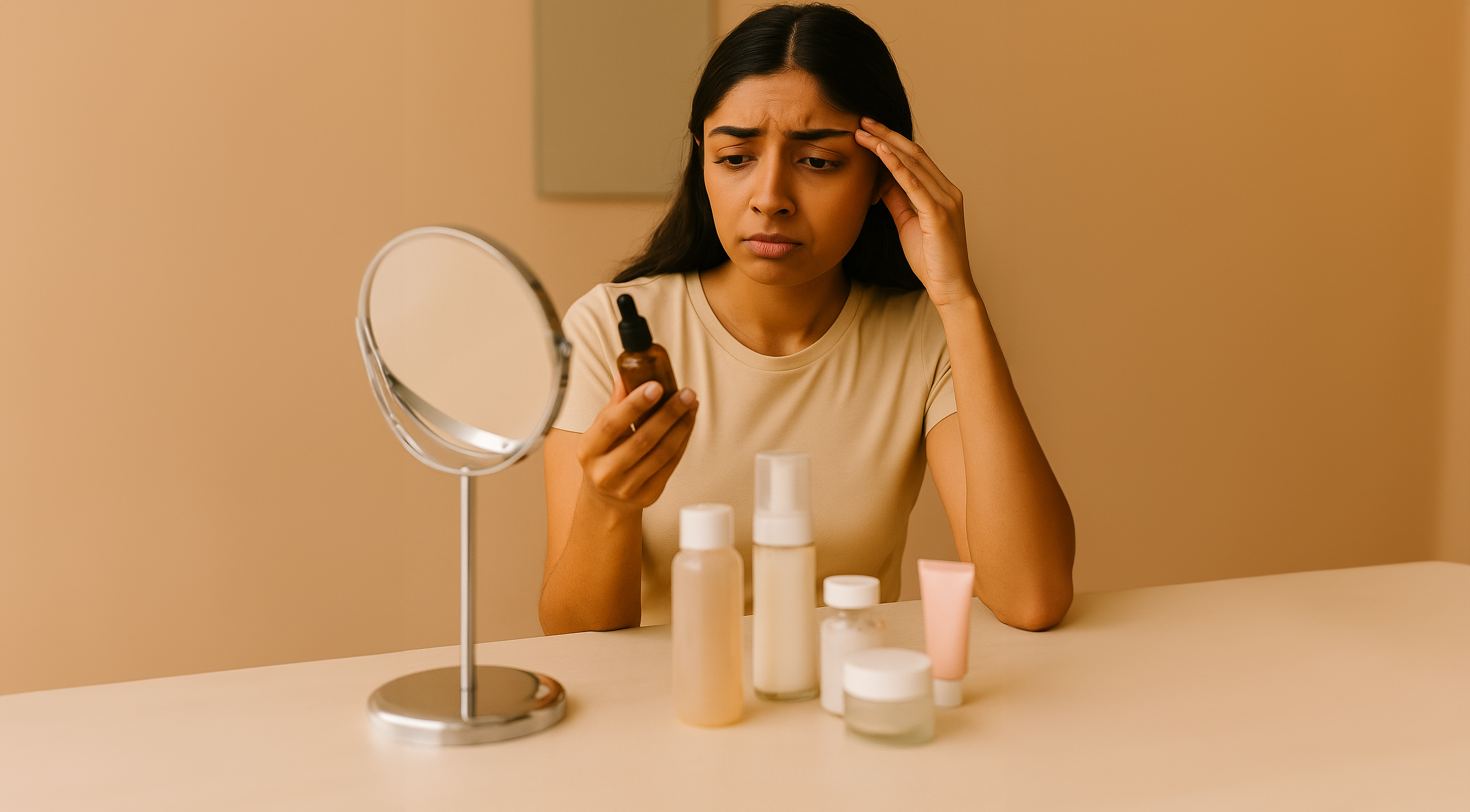
Introduction
You’re using high-quality products, staying consistent with your routine, and doing everything you’ve been told to support anti-aging skin—yet the results still fall short.
That’s because great skincare isn’t just about what you put on your skin—it’s also about how your skin is responding beneath the surface.
Recent innovations in RNA-based skin testing reveal that your skin’s biological behavior is often to blame. Here’s how your biology might be quietly sabotaging your anti-aging efforts.
1. Your Skin Is Reacting, Not Repairing
Even “gentle” routines can cause irritation if your skin is stuck in a reactive mode. Chronic stress at the cellular level makes your skin prioritize defense over regeneration.
What to do: Focus on calming, barrier-supporting ingredients and pause intense treatments until your skin shows signs of recovery.
2. You’re Targeting the Wrong Priorities
Most routines target fine lines or dryness—but if your skin’s current biology is dominated by inflammation or oxidative stress, those treatments won’t make a dent.
What to do: Get clarity on your skin’s real issues before investing in new products.
3. Your Skin Barrier Is Too Weak to Absorb Products
A compromised barrier lets moisture escape and irritants in—making anti-aging actives less effective and potentially harmful.
What to do: Strengthen your barrier first. Think rich moisturizers, minimal actives, and low-friction cleansing.
4. You’re Overstimulating Skin That Needs Recovery
Many anti-aging skin products push for renewal—exfoliation, retinoids, etc. But if your skin is biologically exhausted, it needs restoration first.
What to do: Swap aggressive products for reparative ones until your skin’s stress markers are down.
5. Your Routine Doesn’t Match Your Biological Skin Age
You might be 35, but your skin could be aging like it’s 45—or vice versa. Most routines are designed by chronological age, not biology.
What to do: Test to uncover your biological skin age and tailor your skincare accordingly.
6. You’re Missing Your Skin’s Silent Signals
Some biological changes—like oxidative stress or premature cell death—don’t show up until long after the damage is done.
What to do: Look for tools that reveal what’s happening at the molecular level, not just the mirror.
7. Your Products Might Actually Be Working—Just Not for What Your Skin Needs Right Now
Your skin is dynamic. A routine that worked 6 months ago might now be ineffective or even disruptive.
What to do: Periodically reassess your skin’s needs with more than just visual checks.

Conclusion: Start Listening to Your Skin’s Biology
When it comes to anti-aging skin care, science is your strongest tool.
Instead of relying on surface signs or generic advice, RNA-based testing reveals how your skin is behaving on a molecular level—so your routine can be built on real insight.
👉 See how you can improve your anti-aging skin routine with the Agenek SkinTrack test.
